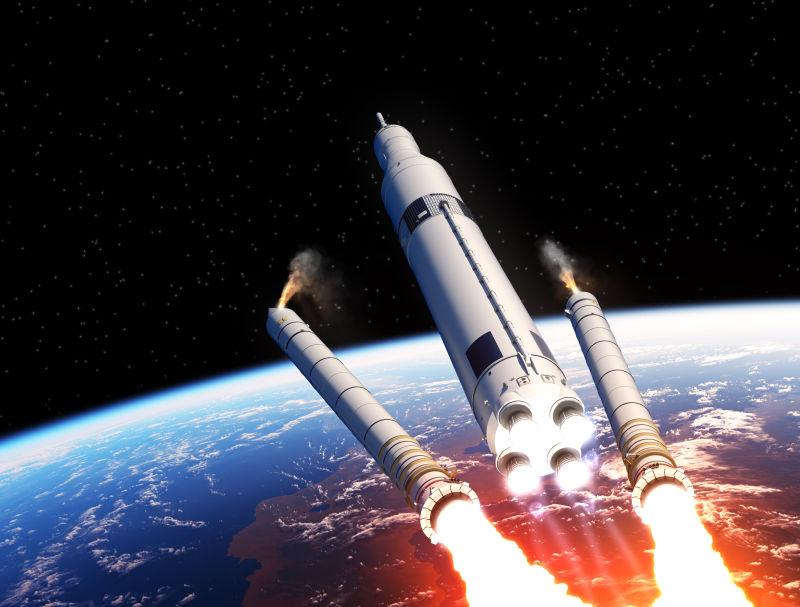TZM Alloy for Rocket Nozzle

TZM Alloy for Rocket Nozzle
TZM alloy, also known as titanium zirconium molybdenum alloy, is commonly used in the production of rocket nozzles because of its high melting point, small volume expansion effect, good thermochemical stability, and other characteristics. In this article, let's take a deeper look at the TZM alloy for rocket nozzle.

TZM Alloy for Rocket Nozzle
Rocket nozzles have the following requirements for the constituent materials:
1. The heat resistance of the material should be very good.
2. The material must have sufficiently high rigidity to prevent deformation.
3. The material should have sufficient hardness to reduce abrasion.
4. The material must have certain thermal and corrosion resistance.
5. It is necessary to comprehensively consider the processability and economy of the selected material.
To meet the physical and chemical properties of rocket nozzles as much as possible, manufacturers now use titanium-zirconium-molybdenum alloys to produce rocket nozzles.
Next, let's take a look at the strengthening mechanism of TZM alloy.
Its strengthening mechanism is:
1. Cold working deformation hardening not only improves the strength of the alloy and refines the grains, but also produces a tough fibrous microstructure.
2. A small amount of titanium and zirconium are dissolved in the molybdenum matrix, which not only enhances the structural stability of the product but also increases the recrystallization temperature.
3. The substitutional elements (titanium, zirconium) and interstitial elements (carbon) in the molybdenum matrix will react to form the precipitation of spherical compound carbide particles, which will cause dispersion strengthening, thereby improving the high-temperature strength and creep resistance of molybdenum.
In the TZM alloy prepared by powder metallurgy, the oxygen content will be much higher than that of pure molybdenum and Mo-0.5Ti alloy, but it will not affect its thermal deformation properties. This is mainly because oxygen and the titanium and zirconium elements in the alloy form spherical oxides and are dispersed in the spherical oxides, which inhibits grain growth better than carbides.
Conclusion
Thank you for reading our article and we hope it can help you have a better understanding of the TZM alloy for rocket nozzle. If you want to learn more about TZM alloys or other types of refractory metals and alloys, we would like to advise you to visit Advanced Refractory Metals (ARM) for more information.
Headquartered in Lake Forest, California, USA, Advanced Refractory Metals (ARM) is a leading manufacturer & supplier of refractory metals & alloys across the world. It provides customers with high-quality refractory metals & alloys such as niobium, molybdenum, tantalum, rhenium, tungsten, titanium, and zirconium at a very competitive price.
{{item.content}}
LEVE A REPLY
{{item.children[0].content}}
{{item.content}}






